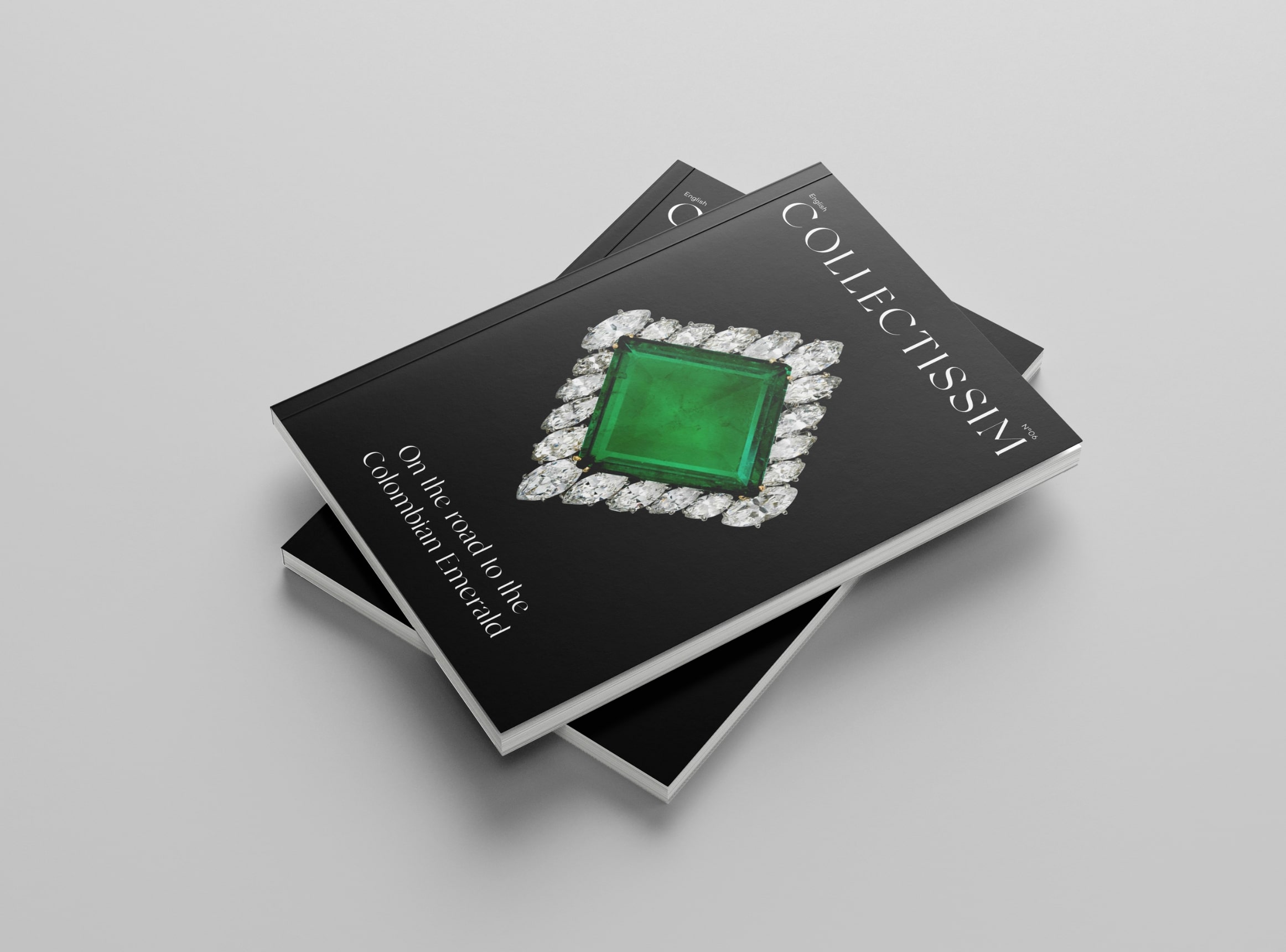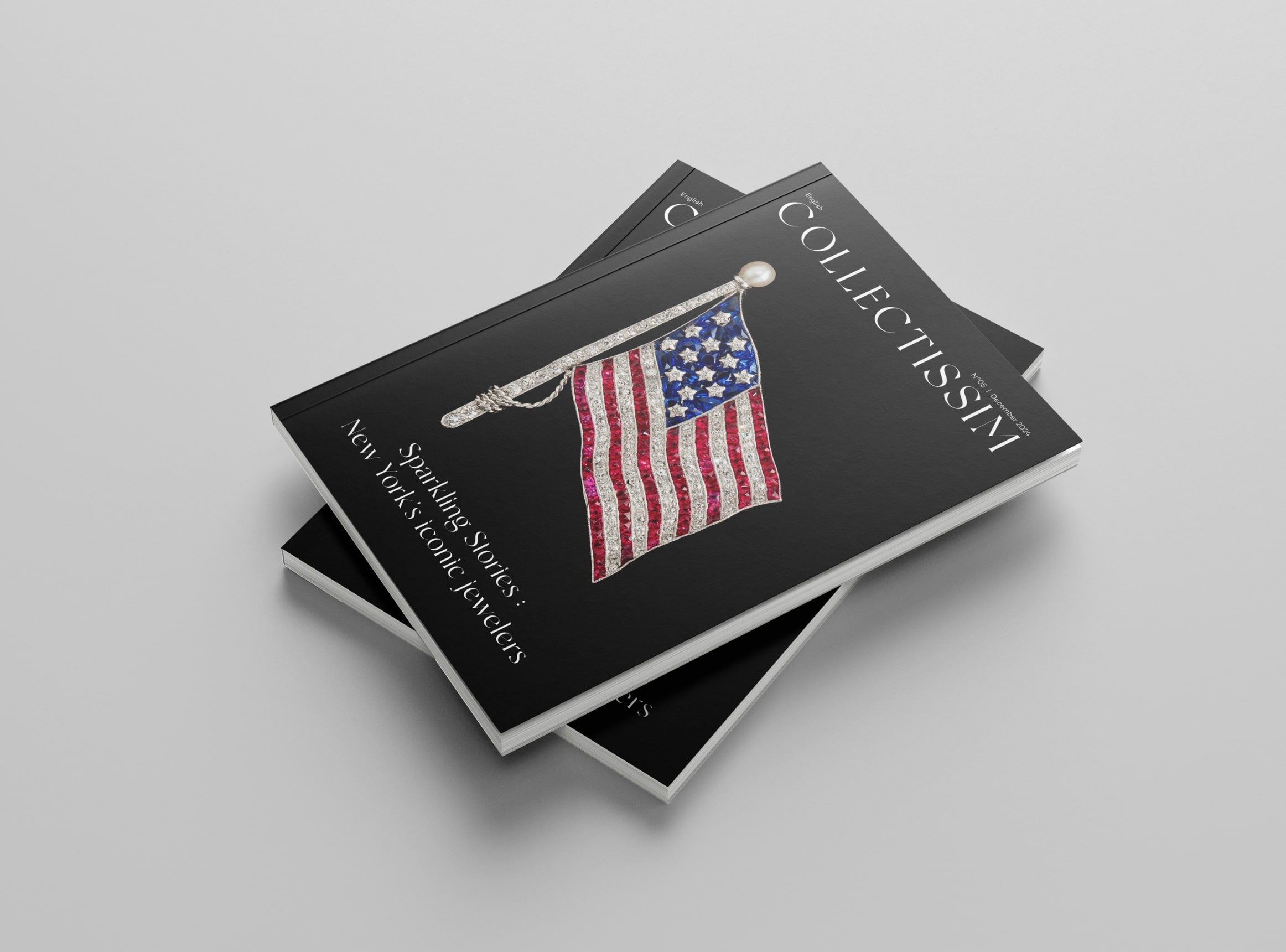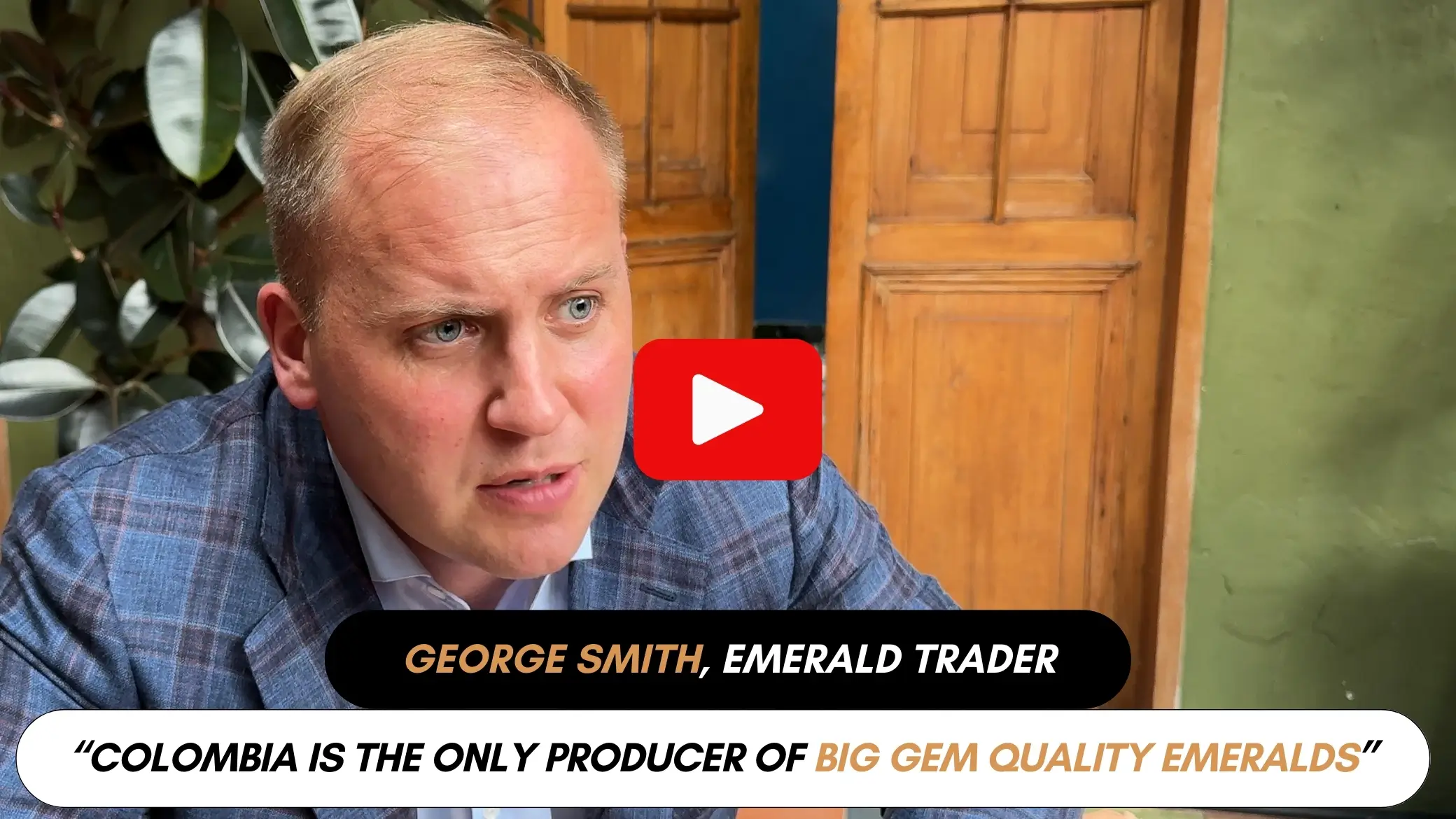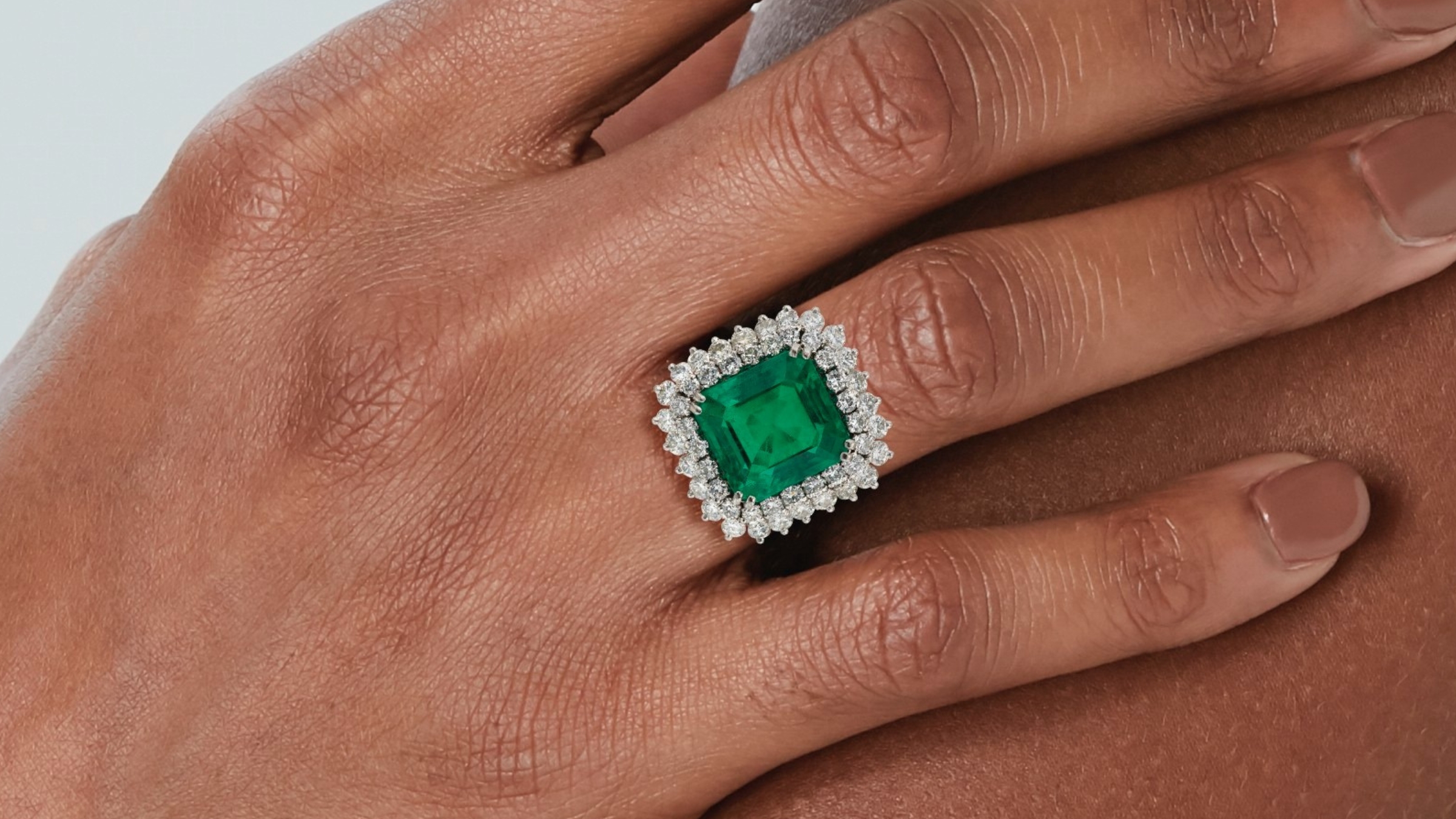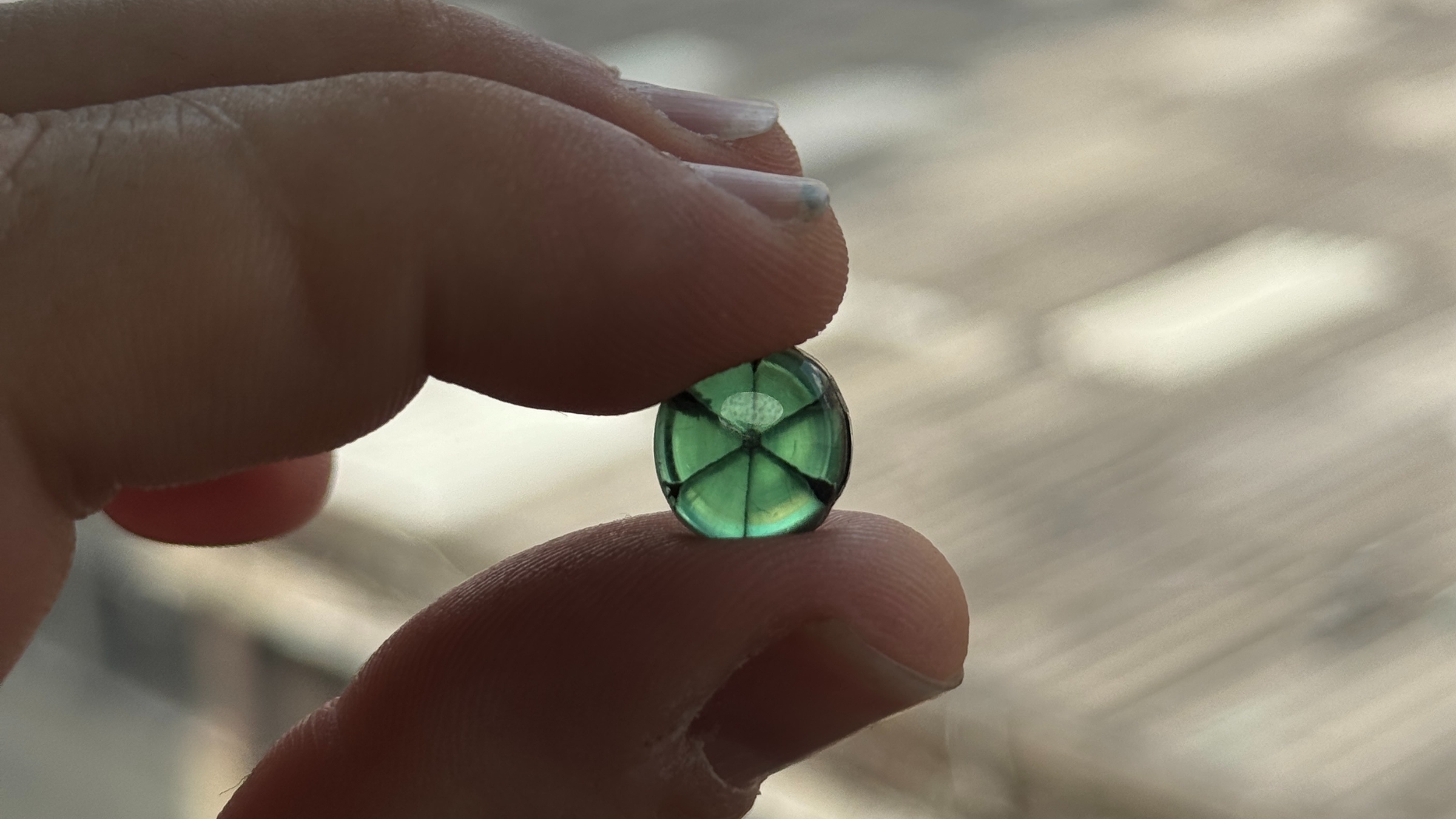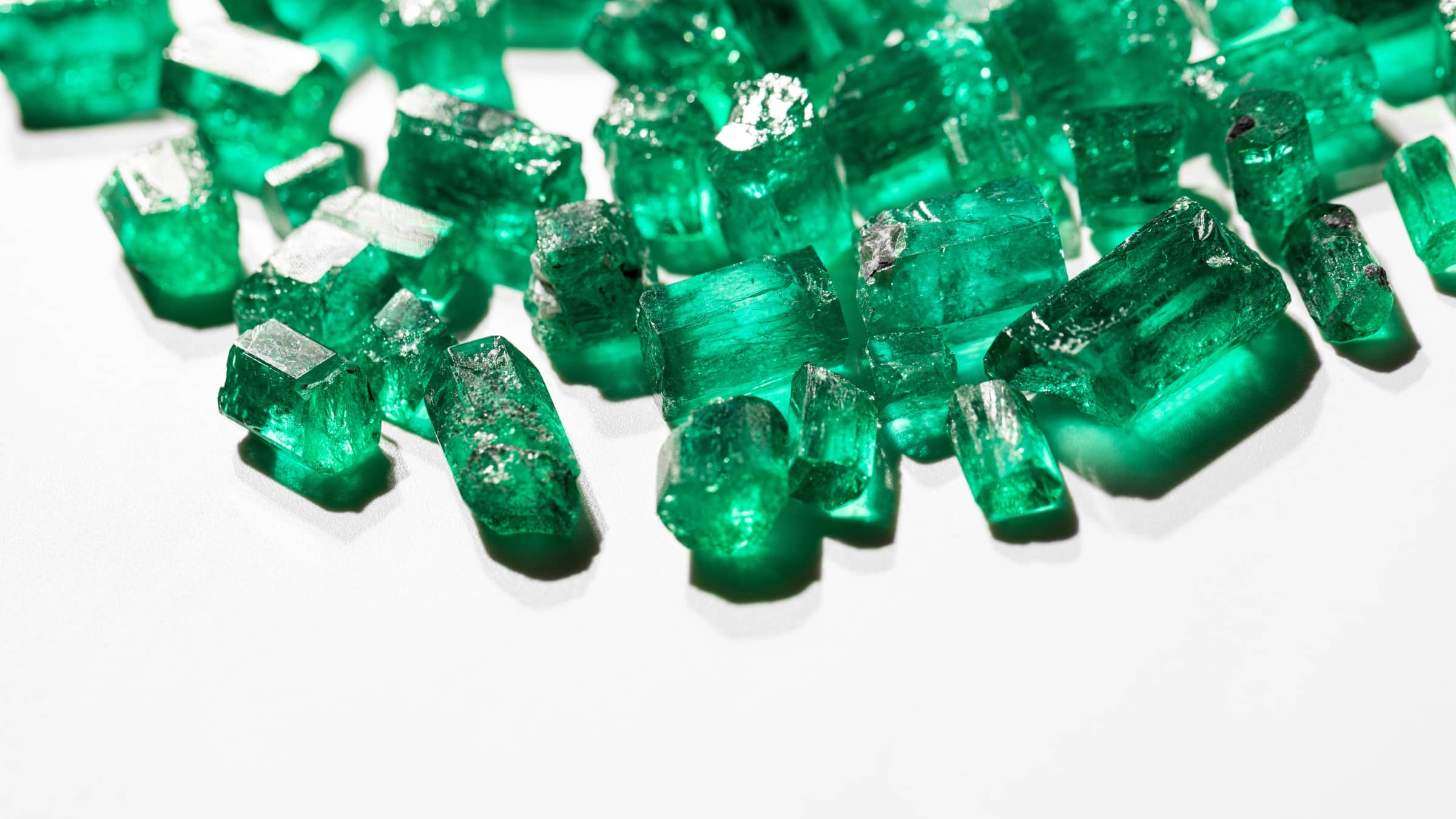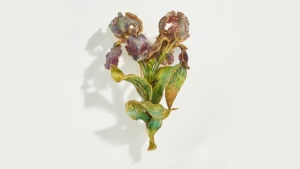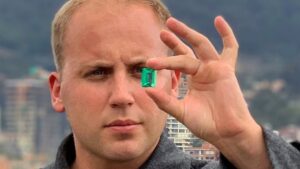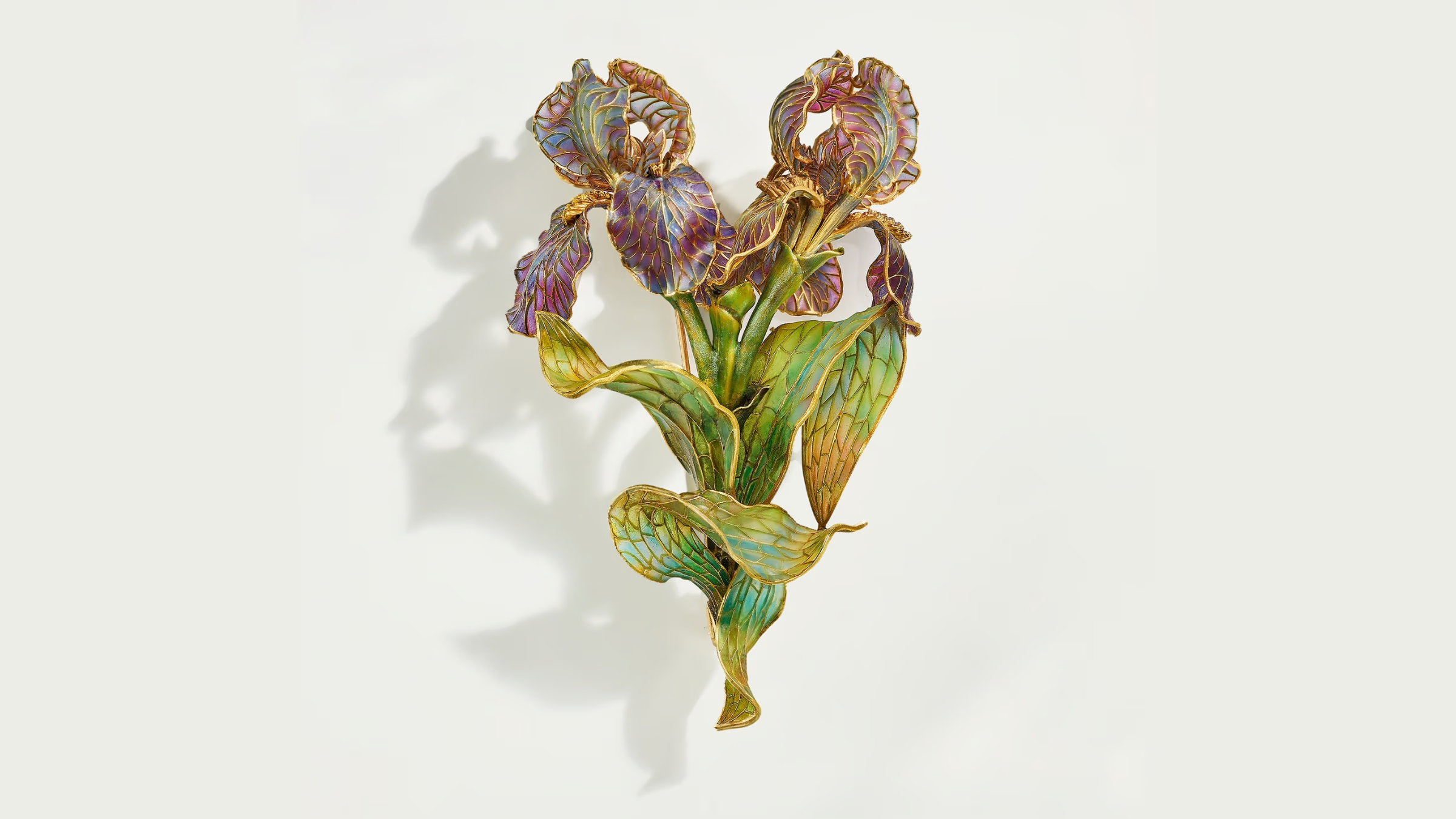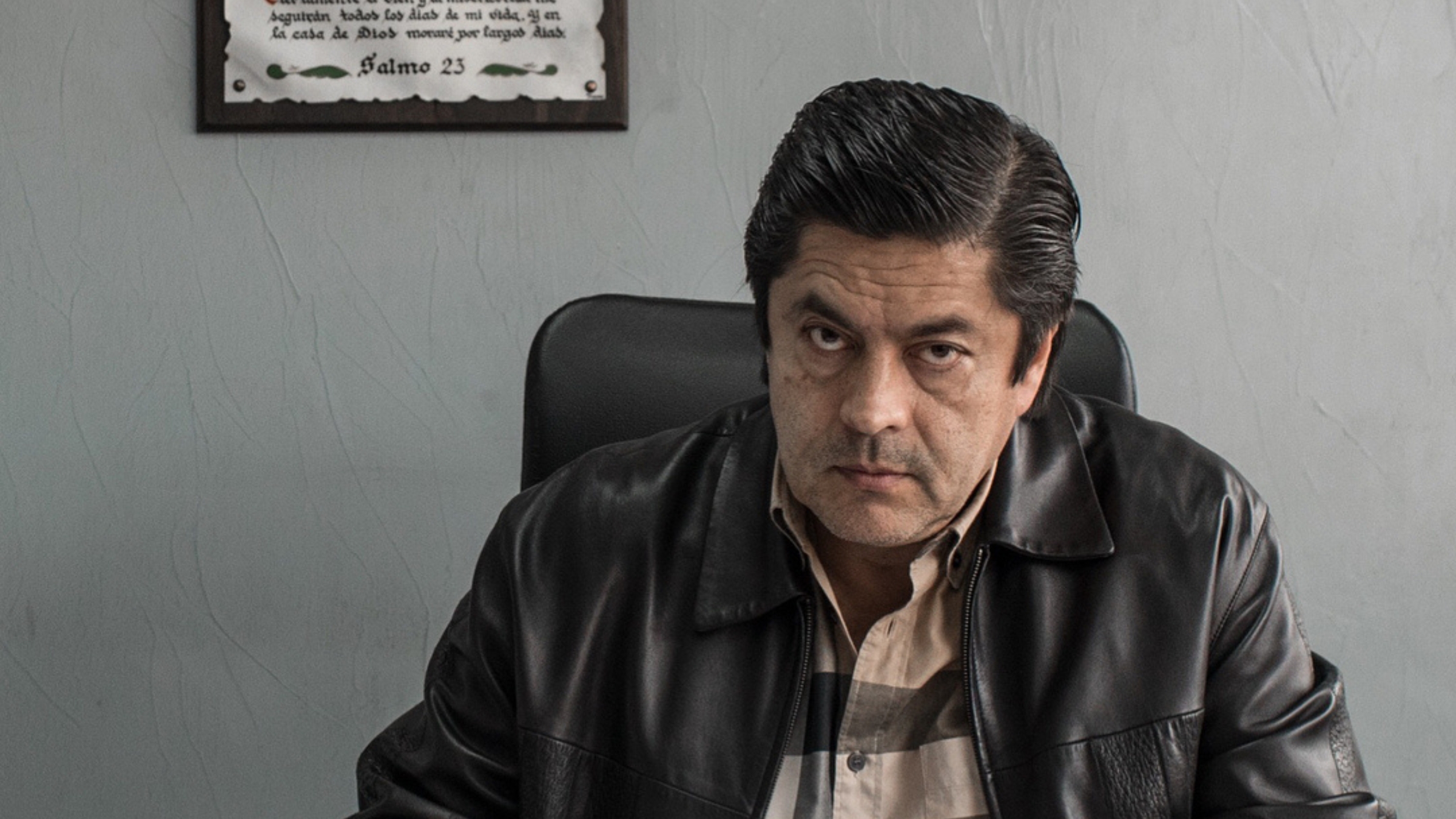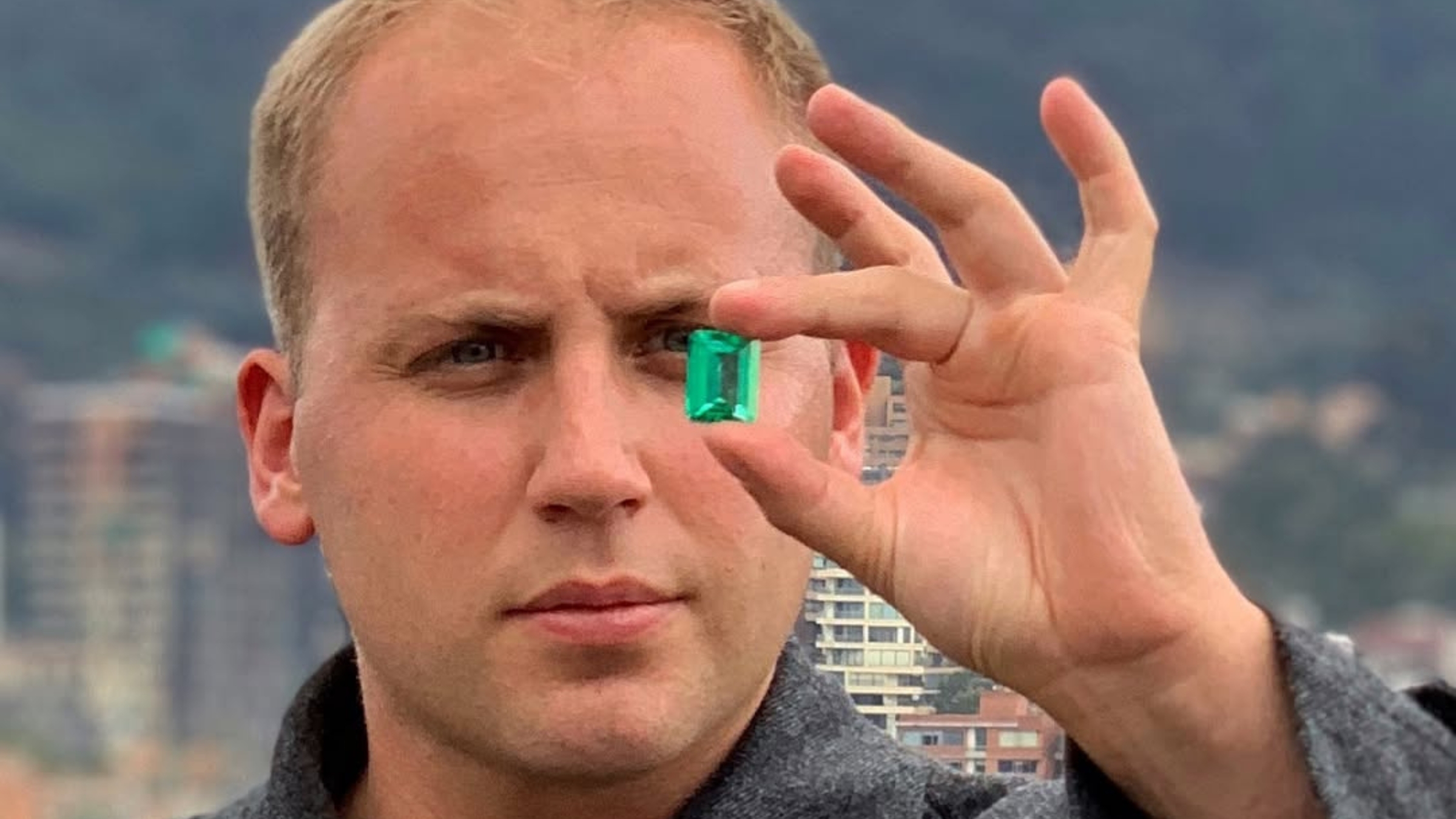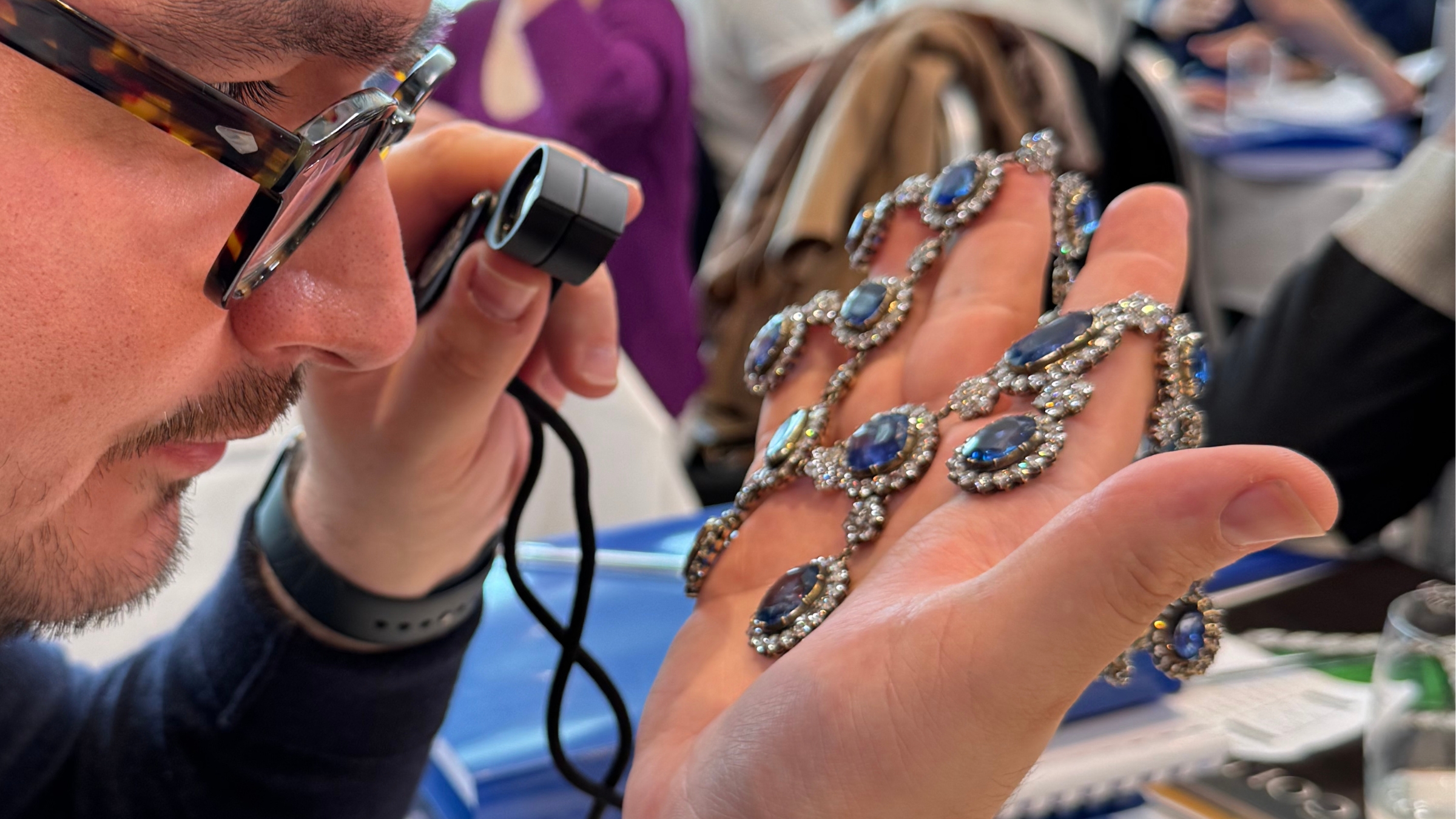Colombian emerald is a fascinating, yet fragile stone. Its singular beauty comes from the chromium and vanadium that give it its color, but also from the internal fissures that result from its delicate crystalline structure. These natural characteristics, though poetic, present a challenge to gemologists and buyers alike. To enhance their appearance, the vast majority of Colombian emeralds undergo a clarity treatment known as oiling. This process, rooted in the gem’s working history, deserves a precise and nuanced understanding.
Colombian emerald treatment, an ancestral practice
The treatment of precious stones is not a recent phenomenon. Pliny the Elder already referred to methods designed to magnify gems. Oiling emeralds involves filling cracks reaching the surface with a transparent oil, to increase clarity without altering the natural color.
Adopted centuries ago, this technique became standardized in the 1980s with the use of cedar oil, particularly prized in Colombia for its appropriate viscosity and transparency. Today, some Colombian emeralds can also be treated with resins or polymers, which are more stable but more controversial.
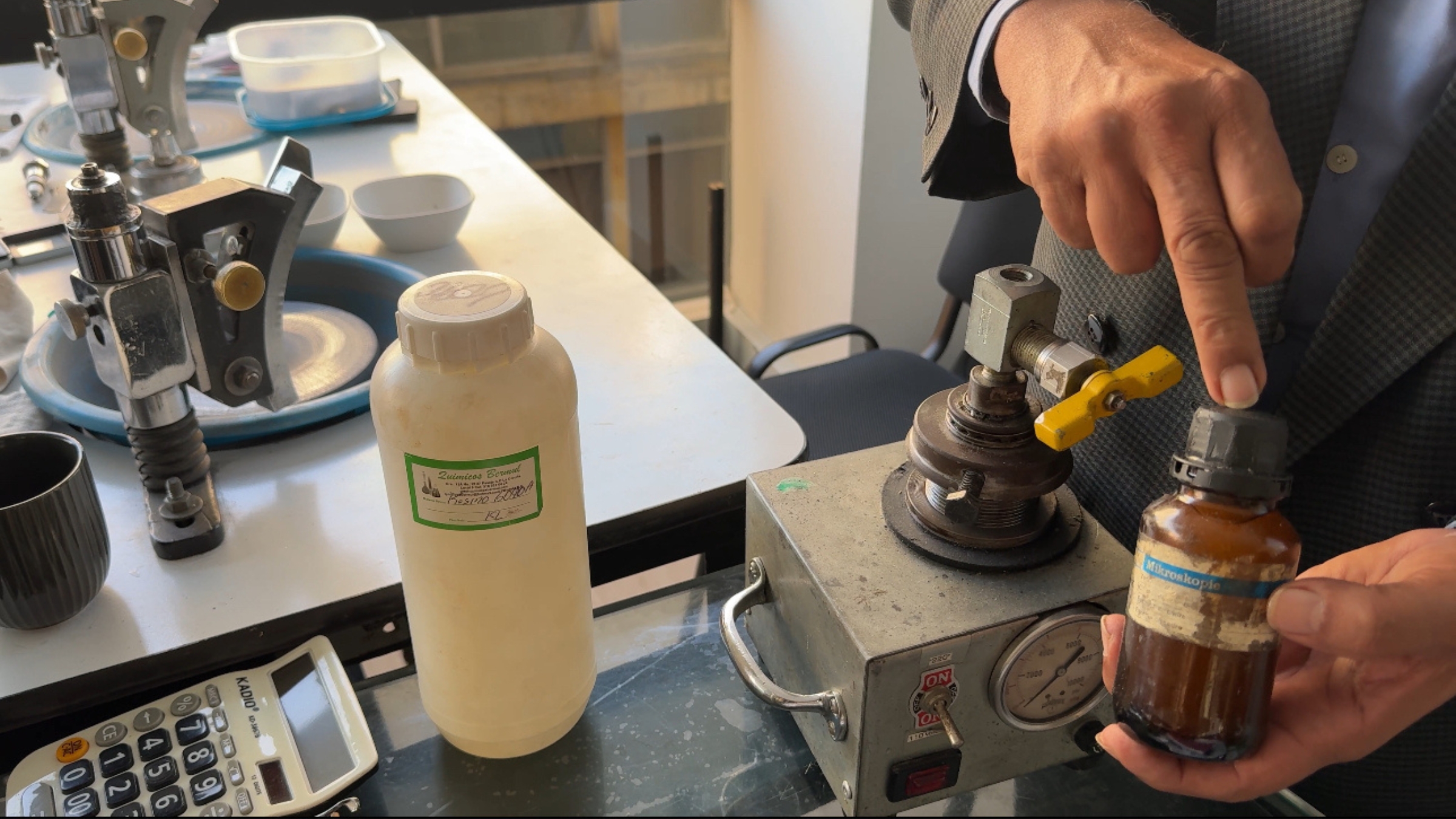
Despite this, natural oil remains the benchmark for high-end circuits. More rarely, some treatments may include dyes, but these are easily detected and rarely used in quality emeralds.
How does Colombian emerald oiling work?
Once cut and polished, the emerald is placed in a vacuum chamber to eliminate the air contained in its fissures. It is then immersed in the chosen oil or resin, and heat and pressure are applied for several hours – sometimes more than ten – to allow the liquid to penetrate the micro-fissures. The result: a stone whose clarity is visibly improved, without altering its natural color.
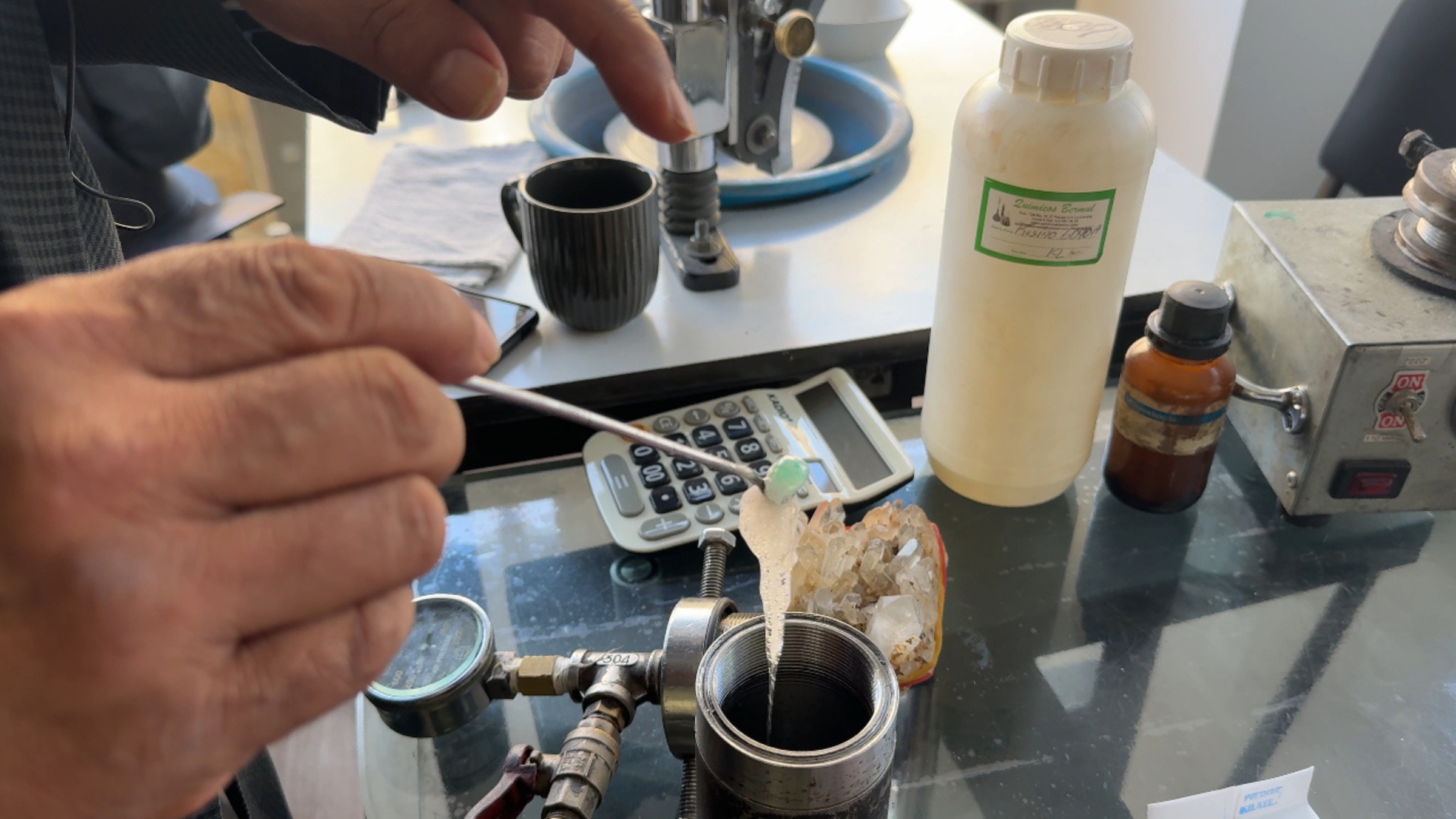
It’s important to note that this treatment adds no weight to the stone. The volume of liquid used is microscopic and has no influence on the emerald’s final weight.
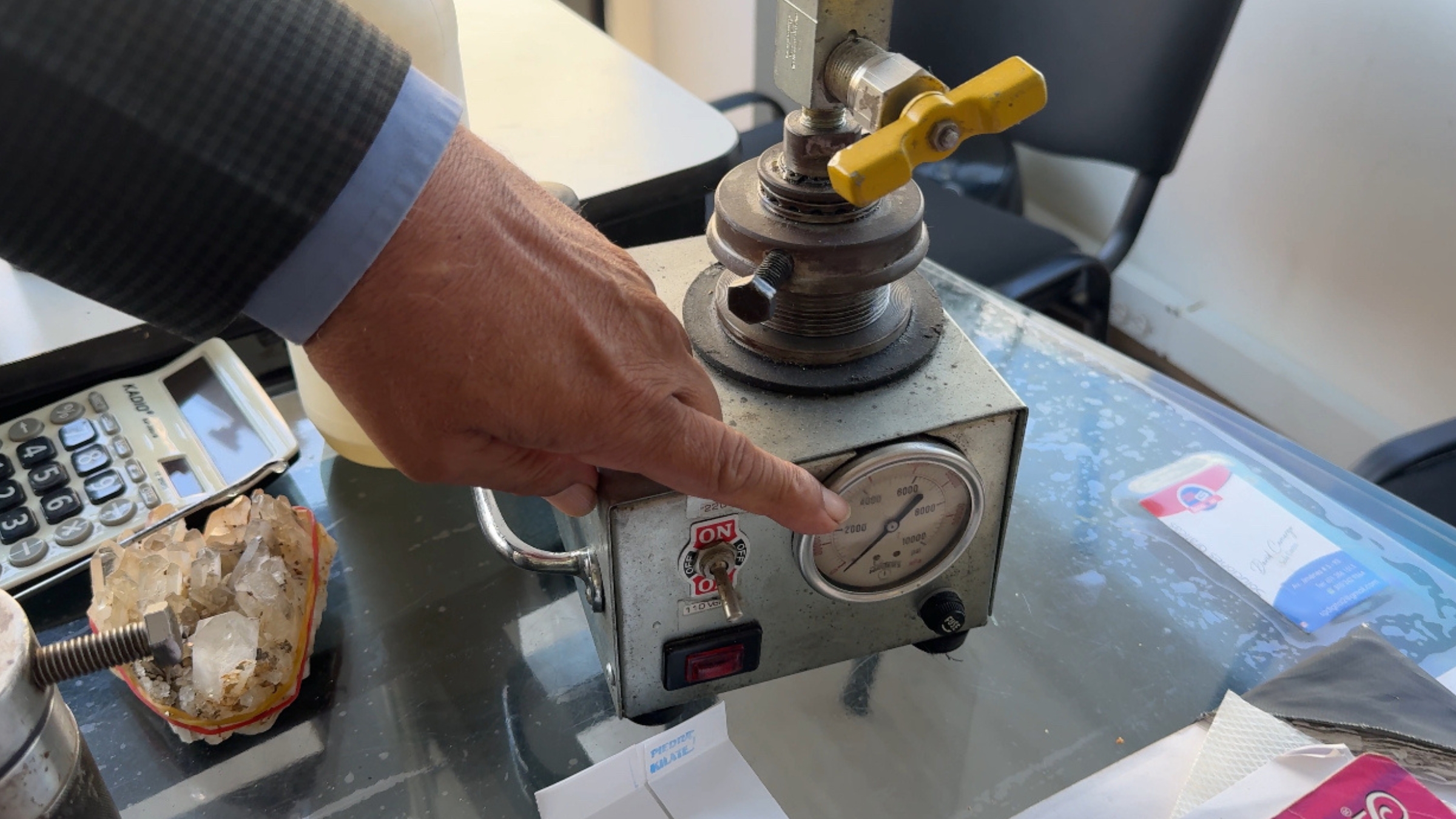
Evaluating the quantity of oil in a Colombian emerald
International gemmological laboratories generally classify clarity treatment according to three levels: minor, moderate or significant. This classification reflects the number and extent of cracks treated, and enables the visual importance of the treatment to be assessed.
- Minor: only a few cracks are concerned, often located on the pavilion. The improvement is subtle, and the value of the stone remains high.
- Moderate: a few more cracks, sometimes on the crown, are filled. Most emeralds on the market fall into this category.
- Significant: numerous cracks are present, often visible on the stone’s table. This more advanced treatment is less sought-after, as it may indicate greater structural fragility.
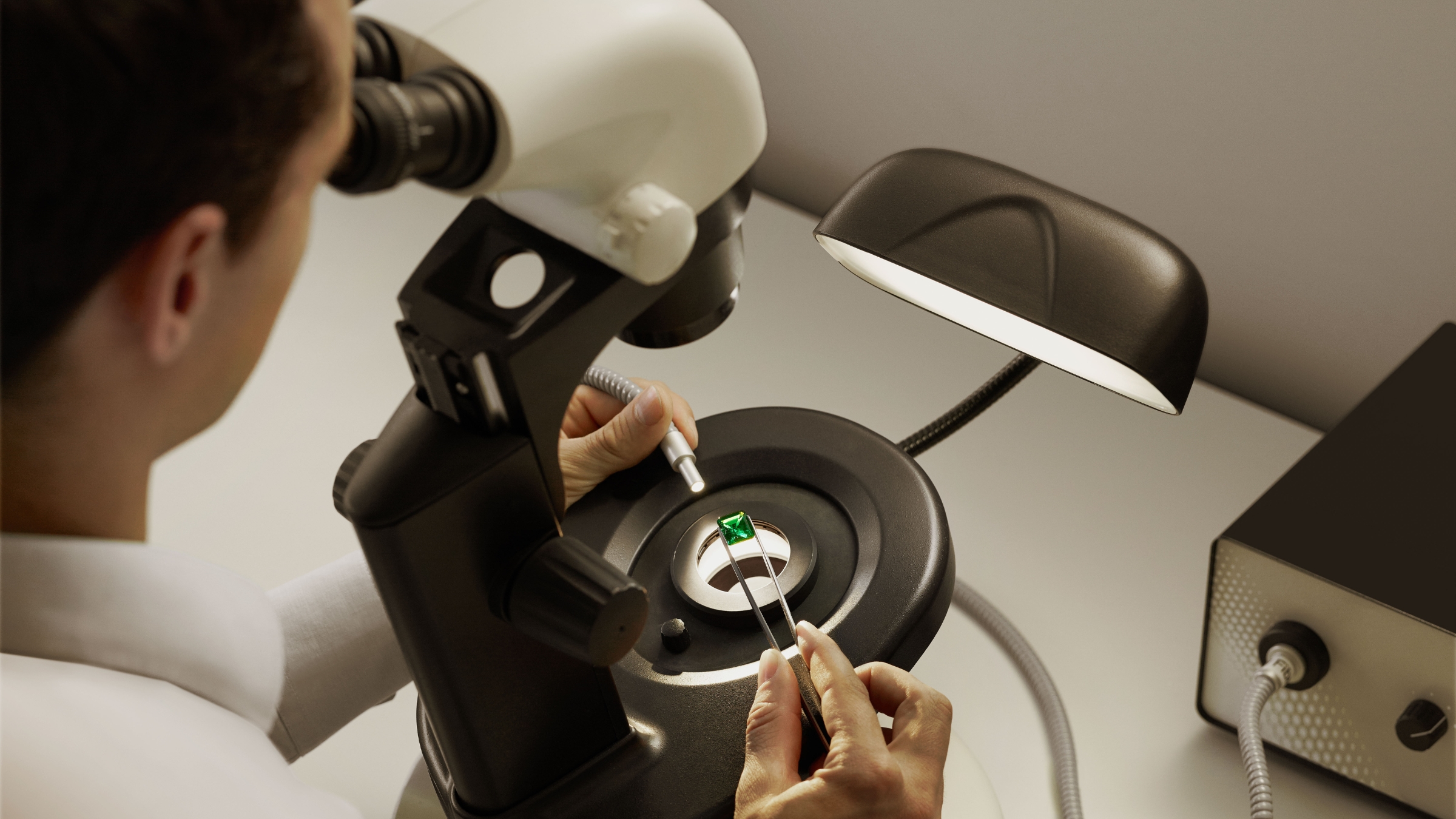
In the market, it is accepted that an emerald can be exceptionally beautiful, yet still be moderately treated. On the other hand, heavily treated stones are often avoided for reasons of durability and transparency.
Transparency, traceability and detection technologies
Unlike other gemstones, emeralds are not treated to alter their color: it is entirely natural. Only clarity is enhanced, making emerald a relatively “honest” stone. However, the lack of transparency regarding the nature and degree of treatment can be detrimental to the buyer.
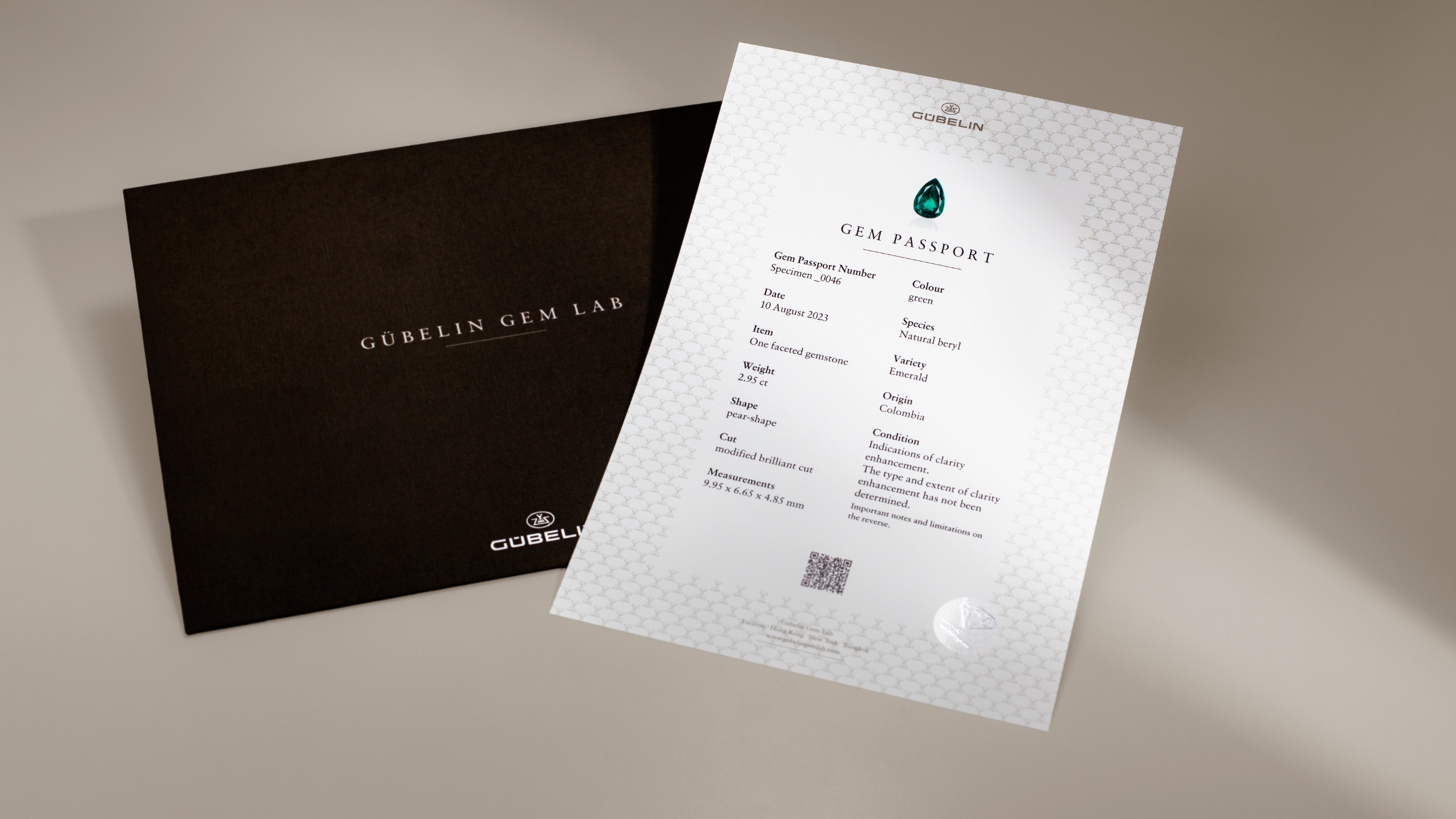
This is why leading laboratories, such as GIA, SSEF or Gübelin Gem Lab, systematically indicate in their reports the presence of clarity treatment and, where possible, specify its type and intensity. Methods used include microscopic analysis, Raman, FTIR or UV-Vis spectroscopy, to identify the nature of the filling material and its visual impact.
